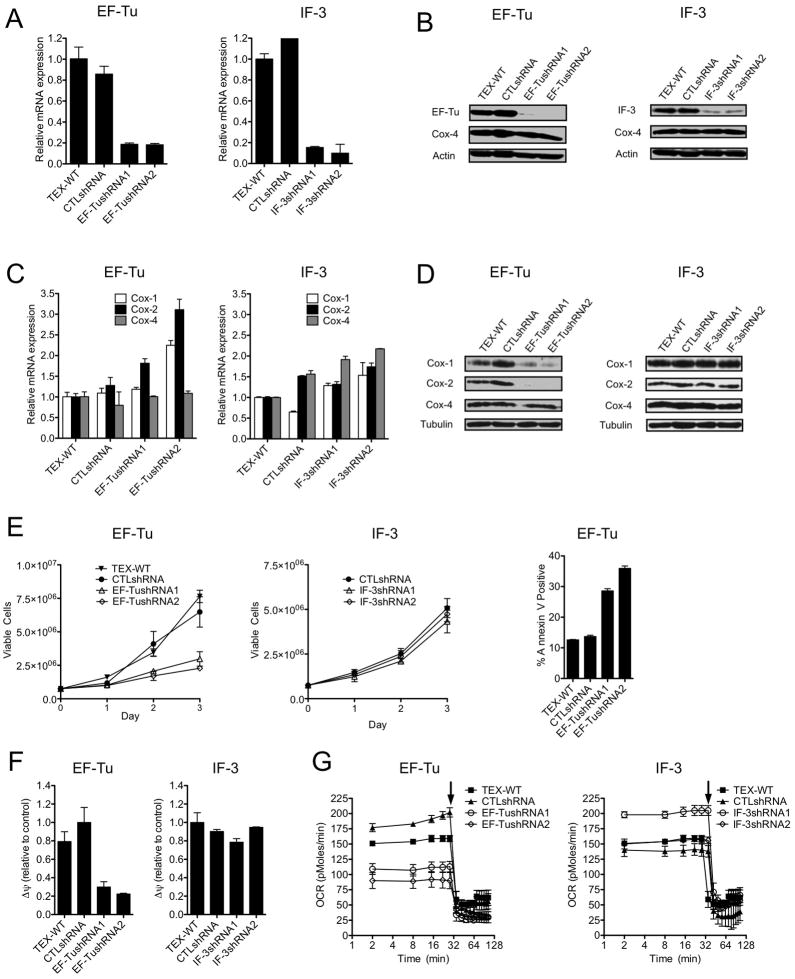Figure 5. Alternative genetic and chemical strategies to inhibit mitochondrial translation have anti-leukemia effects.
(A) TEX cells were infected with EF-Tu or IF-3 targeting shRNAs or control sequences in lentiviral vectors. Six days post-transduction, EF-Tu and IF-3 mRNA expression relative to 18S (A) and protein expression determinations (B) were made by qRT-PCR and immunoblotting, respectively. (C) Effects on mRNA expression of Cox-1, Cox-2, Cox-4 and Tubulin were determined by q-RT-PCR using 18S RNA as an internal standard (1 of 3 representative experiments shown). (D) Effects on expression of Cox-1, Cox-2, Cox-4 and Tubulin protein were determined by immunoblotting (a representative experiment is shown). (E) Viable cells were measured by trypan blue staining and cell death by Annexin-V staining. Data from 1 of 3 independent experiments are shown. Additional cells treated in the same way were used to measure effects on other parameters. (F) Effects on mitochondrial membrane potential (Δψ) were determined by staining cells with the JC-1 dye and then determining Red/Green ratios by flow cytometric analysis. (G) Effects on oxygen consumption were determined as described in the supplemental experimental procedures. Arrow denotes addition of 1.2 μM oligomycin. Results for 1 of 2 experiments with similar outcomes are shown. Error bars represent mean +/− S.D. See also Figure S4.

